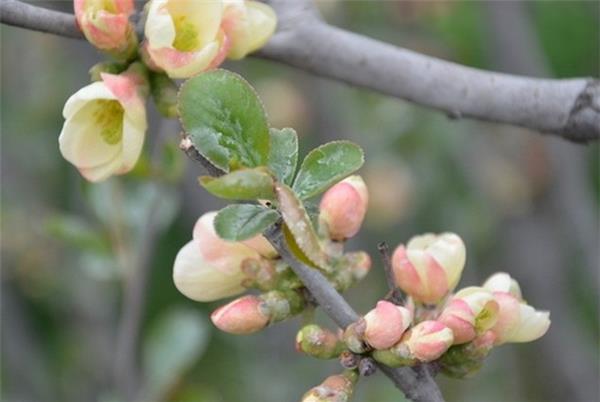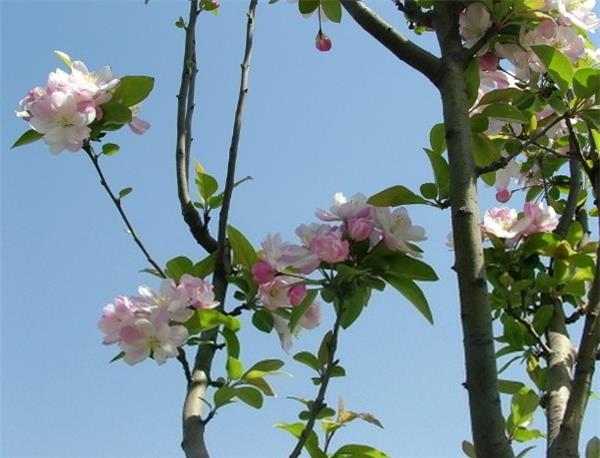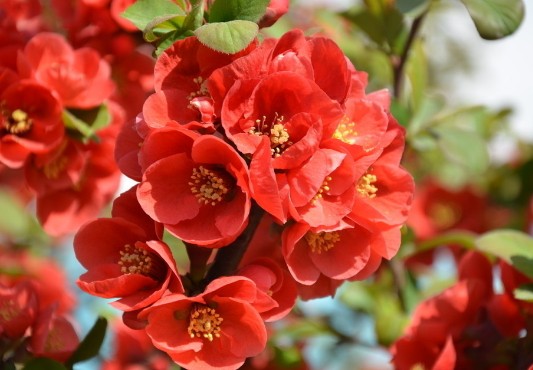How to cultivate Tripterygium chinense
Sticking Begonia is a potted plant with great ornamental value, and many people have a special preference for it. So for people who have just come into contact with tapestry crabapple, they don't know how to breed it! The following editor will give you nearly love that paste stem begonia how to raise? The culture method of sticking pedicel begonia.

[how to raise Begonia on the stick]
1. The seeding propagation of Tripterygium can obtain a large number of neat seedlings, but it is not easy to maintain the original variety characteristics.
2. The ramet propagation of Tripterygium has strong tillering ability, and it can be propagated in early spring. after the soil thawing weather turns warm, dig out the whole plant, shake the root soil, and then split it from the middle of the plant clump with a sharp knife. finally, it is divided into a cluster with 2 or 4 branches per pier and roots at the base. Cut off the cut branches at the root and neck, leaving the rest about 10 centimeters short. Planted in a pre-prepared seedbed, strengthen management, after 1-2 years can be out of the nursery.
3. The insertion propagation of Tripterygium can be carried out from June to July. The sturdy new branches are selected, cut into cuttings with a length of 12 to 15 meters, and inserted into substrates such as river sand or vermiculite. When propagating in large quantities, sandy loam with good drainage can be selected as a border and inserted directly into the soil. After insertion, it is necessary to shade and water the soil, keep the soil moist, and new roots can grow in about 40 days. After taking root, it is necessary to reduce water spraying and gradually prolong the light time, and finally remove the shade shed and strengthen exercise. In cold places in winter, planting seedlings in the open field needs to cover grass or take other cold protection measures to protect against the winter. The following spring transplant. Cuttings inserted in pure sand or vermiculite should be transplanted in time after rooting, otherwise the new roots grow too long and the cuttings lack nutrition for a long time, which is disadvantageous to transplanting and growth.

[culture method of sticking Begonia]
1. Soil: Begonia is not strict on soil quality, either slightly acidic soil or neutral soil, but it is better to use loose, fertile and well-drained rotten leaf soil or pastoral soil.
2, watering: stick stem begonia usually keep the basin soil moist, but must pay attention to prevent stagnant water in the basin, otherwise the root is easy to rot. The potted soil should not be too dry during the growing period of spring and summer, especially during flowering.
3. Sunshine: the bonsai of Begonia should be placed in a place with sufficient light and ventilation. When it is hot in summer, it is necessary to take proper shade to prevent the leaves from burning.
4. Temperature: sticking begonia is more cold-resistant in winter, and it is not strict with the environment. It can be buried in the soil or put into the indoor window.
5. Fertilization: sticking begonia should apply sufficient base fertilizer in winter, and dry cake fertilizer or rotten barnyard manure and bone meal are the best. During the growth period, thin fertilizer and water are often applied except for the rainy season.

Decorate the net.
Related
- Wuhan Hospital Iron Tree Blooming Result Was Instantly Frightened by the Gardener Master
- Which variety of camellia is the most fragrant and best? Which one do you like best?
- What is the small blue coat, the breeding methods and matters needing attention of the succulent plant
- Dormancy time and maintenance management of succulent plants during dormancy
- Minas succulent how to raise, Minas succulent plant pictures
- What are the varieties of winter succulent plants
- How to raise succulent plants in twelve rolls? let's take a look at some experience of breeding twelve rolls.
- Attention should be paid to water control for succulent plants during dormant period (winter and summer)
- Watering experience of twelve rolls of succulent plants
- Techniques for fertilizing succulent plants. An article will let you know how to fertilize succulent plants.



